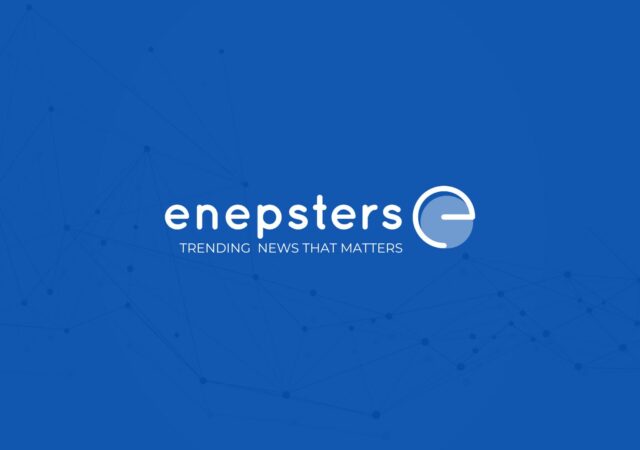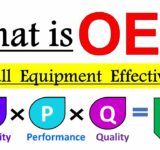Huawei divulges the new P40 lineup, the Huawei P40 Pro, and P40 to its flagship segment smartphones, remodeling the cameras, the hardware, and the wireless charging speed. Huawei along with its companion Leica affirms a fresh offshoot in smartphone photography. Enough of the groundwork, now let’s quickly take you to an overview of both the devices.
Huawei P40 Pro
Resembling previous Huawei phones, the P30 and Mate 30, the new Huawei P40 Pro, however, outperforms both with regards to the feature. Huawei seems to put a major emphasis on improving the camera as well as the screen for this flagship. The company is calling the display “Overflow” comprising curves on the four sides that brush down up to the frame. Similarly, it compensates the wider notch with a pill-shaped punch hole giving room to a 32MP selfie snapper with “autofocus” and apt to capture 4K videos at 60fps.
he front sees a display that measures 6.58-inch diagonally and has 90Hz OLED panel with 2,640 x 1,200px resolution with an under-display fingerprint reader underneath with 30% larger space for easy accessibility. The front also gets an infrared face scanner that on the flip side could be used to safeguard payments.
As discussed before, cameras on the P40 Pro is a must look after. The primary one is a 50MP 1/1.28-inch sensor with an RYYB color filter. It comes with an octa phase-detection AF, meaning 100% of pixels support phase detection autofocus. It also gets complimented with optical image stabilization (OIS) and f/1.9 aperture.
Huawei still clings to the periscope designed zoom camera as in P30 with the focal length and pixel size that numbers to 125mm and 12MP respectively while it comes with an RYYB sensor and OIS.
On the other hand, the device flaunts an 18mm 40MP f/1.8 ultra-wide sensor while supplemented with a 3D Time of Flight aka ToF sensor and a color temperature sensor as well.
There’s also a super steady telephoto video feature that augments the optical image stabilization, while the ultrawide shooter can too capture HDR video, fostering ISO up to 51,200 in the dark. You get 4K time-lapses allowing slow capture while 7,680fps slow-motion videos allow going fast.
The Huawei P40 Pro powers on an octa-core HiSilicon Kirin 990 5G (7 nm+) processor paired with 8GB RAM and 256GB UFS 3.0 onboard storage with NM (Nano Memory) support, which is expandable up to 256GB via shared SIM slot. It boots on Android 10.0 (AOSP + HMS) with EMUI 10.1 on top.
The P40 Pro comes with a 4,200mAh cell to keep its light on while supports 27W fast wireless charging, matching the likes of the Mate 30 Pro. Then there’s 40W wired charging for faster charging.
The device is dust and water-resistant with IP68 certification. It comes in Black, White, Silver, and Gold colors.
Huawei P40
The non-Pro P40 flaunts a 6.1-inch 1080p+ OLED flat display, whereas the upper glass is inclined as well as it lacks the high refresh rate as in the Pro model, i.e. 60Hz refresh rate.
However, it uses the same Kirin 990 5G SoC based on 7nm+ tech built with EUV paired with 8GB RAM and UFS 3.0 128GB onboard storage. The vanilla unit also lacks any cooling system, unlike the 4 layered SuperCool system that comprises graphene film along with a vapor chamber in the Pro model. Meanwhile, the only comes with a basic dust ingress and water splashes protection under IP53.
For cameras, the device uses a 1/1.28-inch 50MP ultra vision primary shooter, while on the front lies a 32MP sensor with no autofocus but the ability to record 4K videos at 60fps. Although the front lacks an IR face sensor, the under-display fingerprint scanner still occupies a fairly large area.
The Huawei P40 further comes with an 80mm zoom lens with OIS, an 8MP sensor, a 16MP ultra-wide sensor, and a 17mm lens, all primarily similar to what was used in the P30 and Mate 30 telephoto and ultrawide lenses.
The battery size gets considerably lessened with a 3,800mAh cell and also misses out the 40W wireless fast charge support. In fact, the device as a whole misses the wireless charging capability using just a 22.5W wired charging.
Now, what about the software? Let’s discuss it.
Huawei introduces both the P40 and its Pro model with Android 10 and AppGallery in hand. The company even proclaims new features as well as collaborations in order to broaden its software platform replacing scads of the Google ecosystem.
It announces MeeTime, a voice, and video calling application with screen-sharing enabled. Besides, the platform can be used for video streaming for other products including drones, action cameras, apps, etc.
And then there’s Celia. It’s is a new voice assistant with English, French, and Spanish language support. Celia is capable of cranking elemental jobs like making calls and AI-related tasks including the AI lens and AI touch shopping.
Huawei even accomplices with TCL in order to develop a protocol like Google Cast, while cultivated a system for wireless content sharing between the devices. Similarly, it launches Onehop abridging first-time connections.
As for the availability, the Huawei P40 and P40 will be available from April 7 with prices starting from €799 (8GB/128GB) and €799 (8GB/256GB) respectively while the P40 Pro Plus will go on sales for €1,399 (8GB/512GB) from June. The company is yet to announce the regions it will be launching these devices on.














